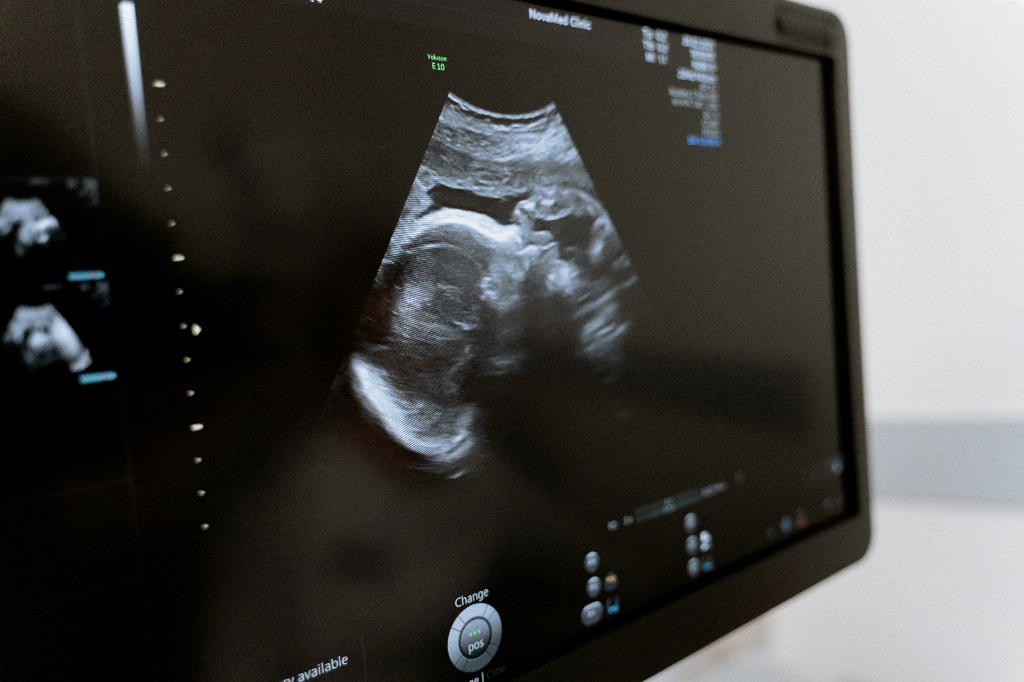Spotting during early pregnancy can be a cause for concern, but it is not uncommon. It is essential to be aware of what is considered normal and when spotting may indicate a more serious issue. Knowing when to seek medical advice can help ensure the health and well-being of both the mother and the baby.
Normal vs. Abnormal Spotting
Spotting in early pregnancy is defined as light bleeding that is typically pink or brown in color. It may occur when the fertilized egg implants in the uterus or as a result of hormonal changes. In most cases, spotting is not a cause for alarm, and many women experience it without any complications.
Monitoring the Amount
It is crucial to pay attention to the amount of spotting you are experiencing. Light spotting that is minimal and does not increase in intensity is often considered normal. However, if the bleeding becomes heavier or is accompanied by severe cramping, it may be a sign of a more serious issue and requires immediate medical attention.
Duration of Spotting
Another factor to consider is how long the spotting lasts. In most cases, spotting that occurs briefly and goes away within a day is not a cause for concern. However, if the bleeding persists for more than a day, it may indicate a problem that needs to be addressed by a healthcare provider.
When to Seek Medical Advice
If you are experiencing spotting during early pregnancy, it is important to contact your healthcare provider. It is recommended to inform your provider at your next prenatal visit if you have light spotting that resolves quickly. However, if the bleeding lasts longer than a day, it is crucial to seek medical advice within 24 hours.
Common Causes of Spotting
There are several common causes of spotting in early pregnancy, including implantation bleeding, hormonal changes, or cervical irritation. In most cases, these reasons are benign and do not pose a threat to the pregnancy. However, it is essential to rule out any serious conditions that may be causing the spotting.
Red Flags to Watch For
While spotting is common in early pregnancy, there are certain red flags that may indicate a more serious issue. If the bleeding is heavy, bright red, or is accompanied by severe pain, it may be a sign of a miscarriage or ectopic pregnancy. In such cases, immediate medical attention is necessary.
Importance of Regular Prenatal Care
Regular prenatal care is essential in monitoring the health of both the mother and the baby throughout pregnancy. By staying in close communication with your healthcare provider and attending all scheduled appointments, any potential issues can be addressed promptly, ensuring the best possible outcome for both mother and child.
Emotional Support and Guidance
Experiencing spotting during early pregnancy can be a stressful and emotional time for expectant mothers. It is important to seek emotional support from loved ones and healthcare providers to navigate any concerns or anxieties that may arise. Open communication and reassurance can go a long way in easing worries and promoting a healthy pregnancy.
Conclusion
In conclusion, spotting during early pregnancy is a common phenomenon that many women experience. While light spotting that resolves quickly is usually not a cause for concern, it is important to be vigilant about any changes in the amount or duration of bleeding. Seeking medical advice promptly when needed is crucial in ensuring the health and well-being of both the mother and the baby.

